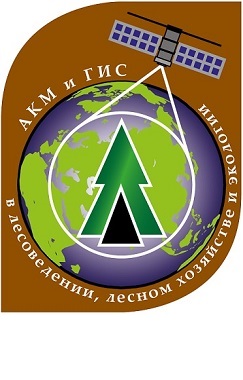
Geospatial modeling of earthworm communities in the Northwestern Caucasus using machine learning methods
Head: Anna Geras’kina
Date: 2023-2024 гг.
Abstract: At present, the problem of preserving forest ecosystems and biodiversity is especially relevant both in connection with global climate change and permanent destructive factors: logging, fires, outbreaks of mass reproduction of insects, leading to significant changes in the communities of all groups of forest biota, including soil invertebrates. It is well known that mountain forests are biodiversity refugia. Mountain forests of the Caucasus, in addition, one of the centers of speciation of earthworms. In the Northwestern Caucasus, there are 22 species of the family Lumbricidae, while endemic and subendemic species dominate in the forest belt in terms of biomass and abundance, in contrast, for example, to the flat territories of the European part of Russia, where only peregrine species inhabitant. The conservation of native diversity is regulated by the International Convention on Biodiversity.
Despite a certain degree of study and proven significance of the earthworm group as ecosystem engineers and soil formers, they are currently attracting more and more attention not only from researchers in soil zoology, but also in forest ecology. Such interest is associated with the described high invasive capacity of peregrine species and the likely competitive suppression of native species, as well as due to climate change. In regions where temperature and humidity increase are predicted, an increase in the abundance and biomass of earthworms is expected, which, according to several authors, can lead to increased soil respiration and greenhouse gas emissions from the soil. However, in a number of studies, on the contrary, it has been shown that earthworms can play a key role in the adaptation of forest ecosystems to climate change. In connection with such ambiguous assessments, it is necessary to develop ideas about the role of factors that determine the local and regional distribution of various species and groups of earthworms, which play a key role in the functioning of ecosystems. Mountain forests of the Caucasus, where endemic and sub-endemic species of earthworms have been preserved, are a valuable object for the development of such ideas.
This project is aimed at identifying predictors of the current distribution of species, morpho-ecological and chorological groups of earthworms in forest ecosystems of the North-Western Caucasus. Primary data on the population of earthworms are based on the results of our own field studies, carried out taking into account the microsite organization of forests, in more than a thousand geographical points of the Northwestern Caucasus.
Communities of earthworms in the foothill and mountain forests of the Caucasus are formed under the conditions of interaction of a much larger number of factors than in the flat areas. A detailed analysis of the contribution of bioclimatic and soil factors, relief and height above sea level to the spatial distribution of earthworm species is required, as well as an analysis of the distribution of peregrine, endemic and subendemic species in the forest ecosystems of the Northwestern Caucasus for possible further predictive assessments of their dynamics.










